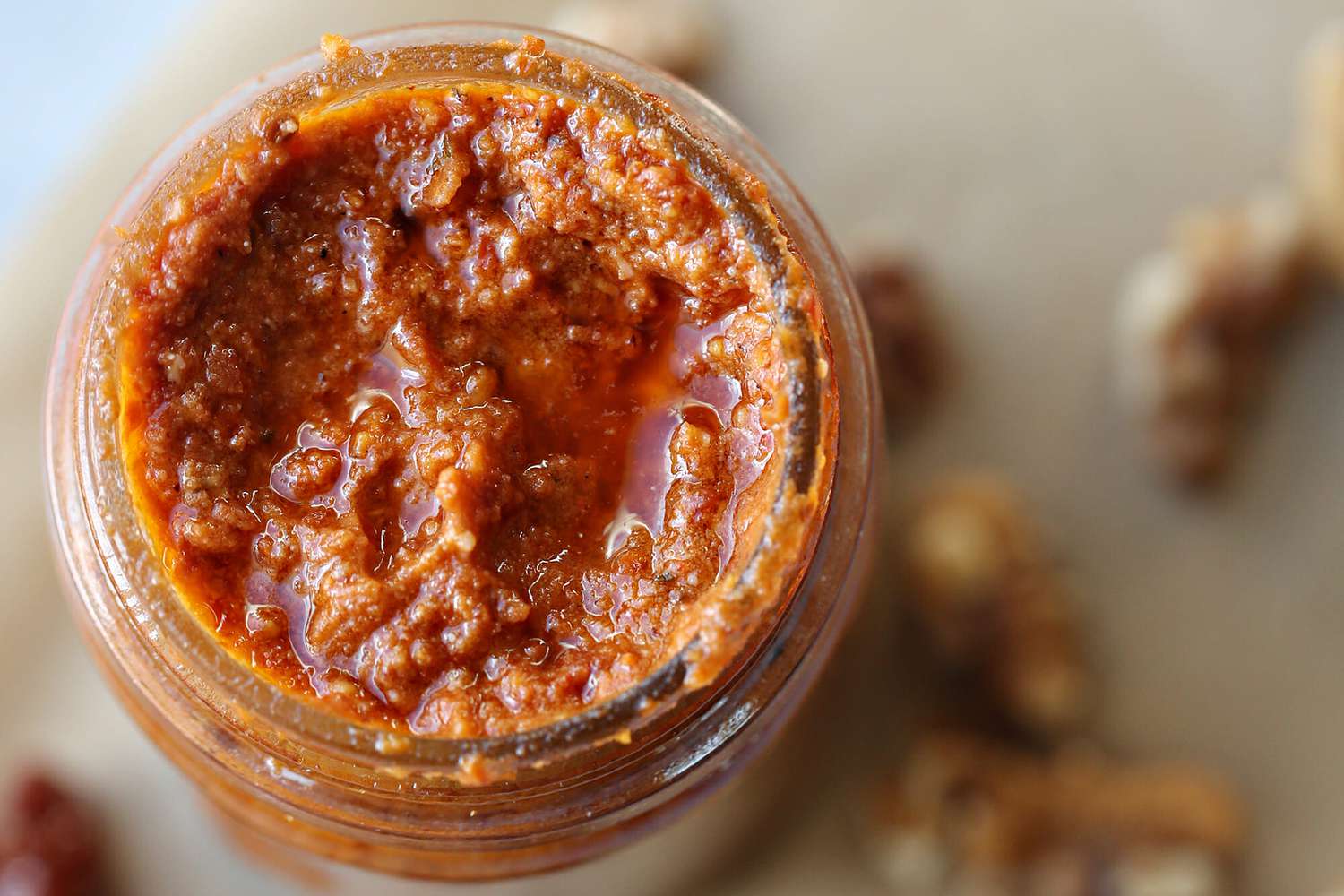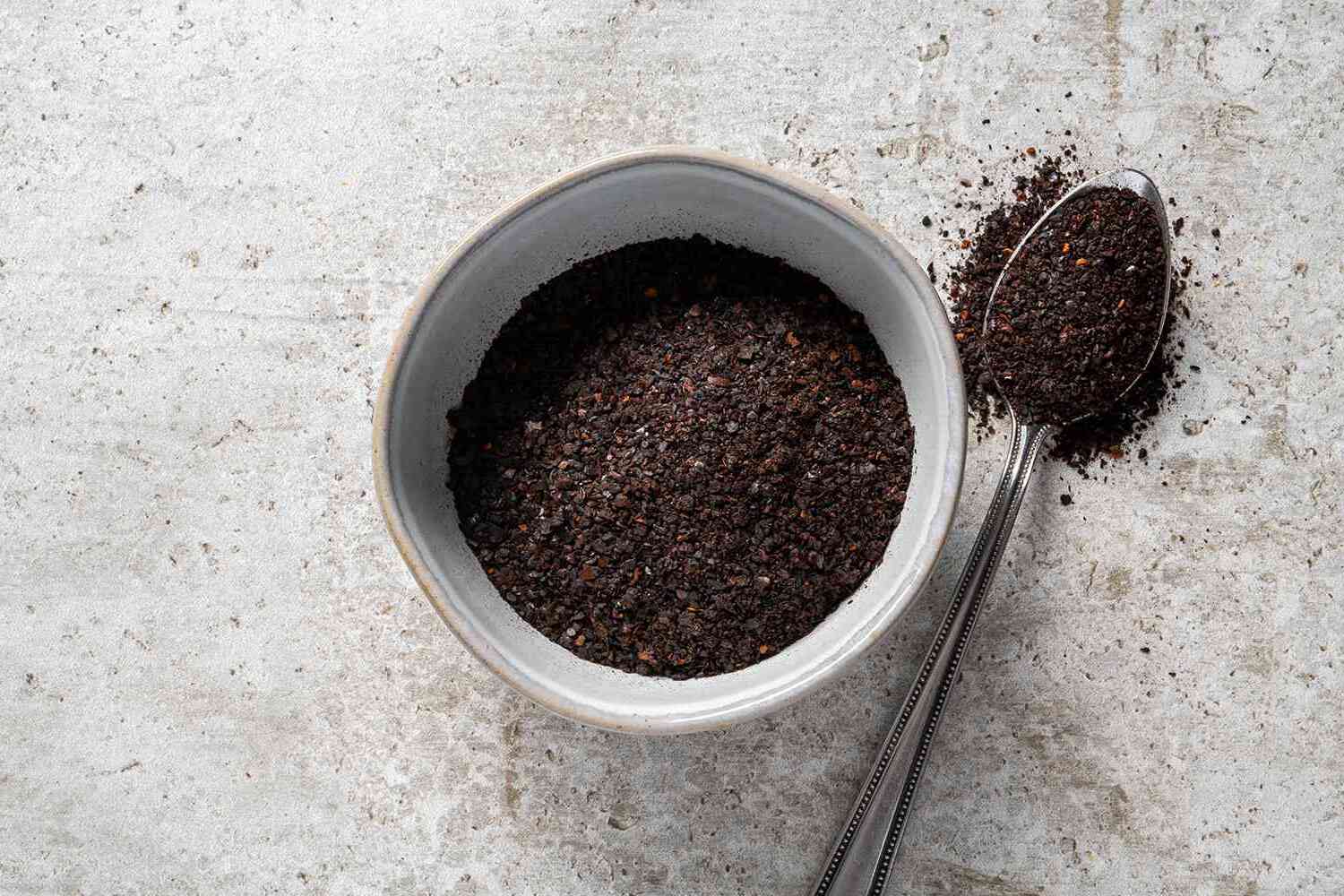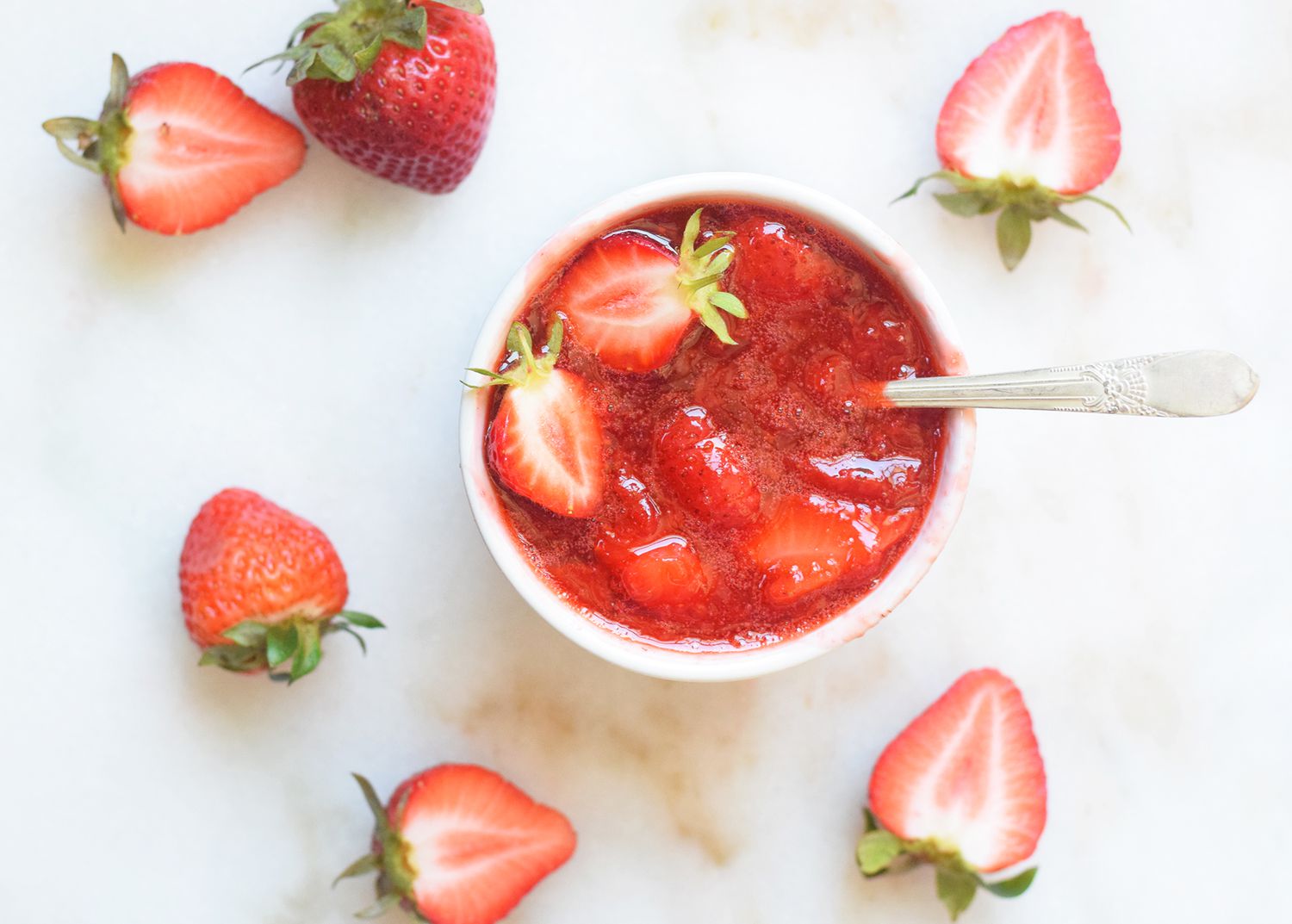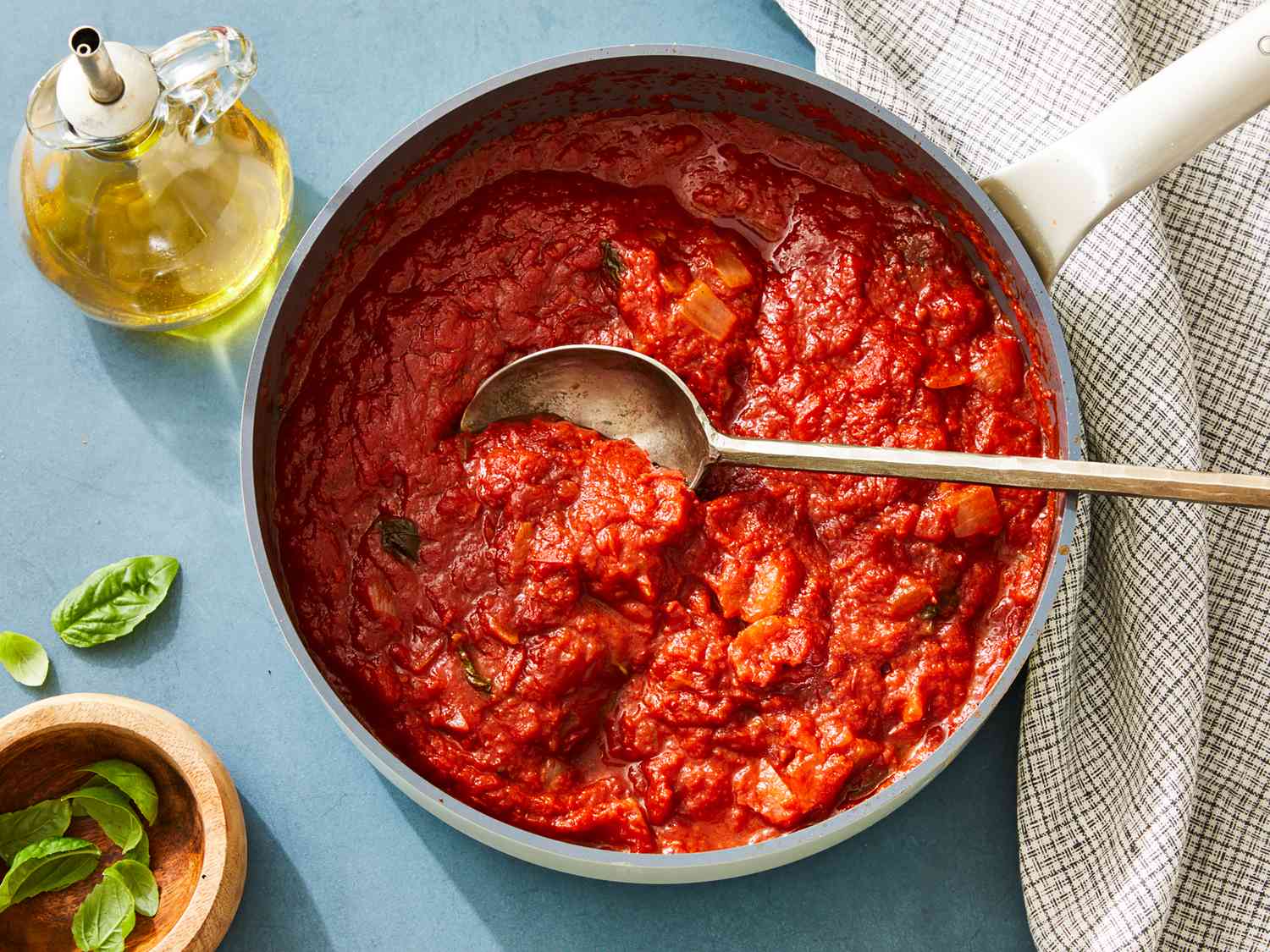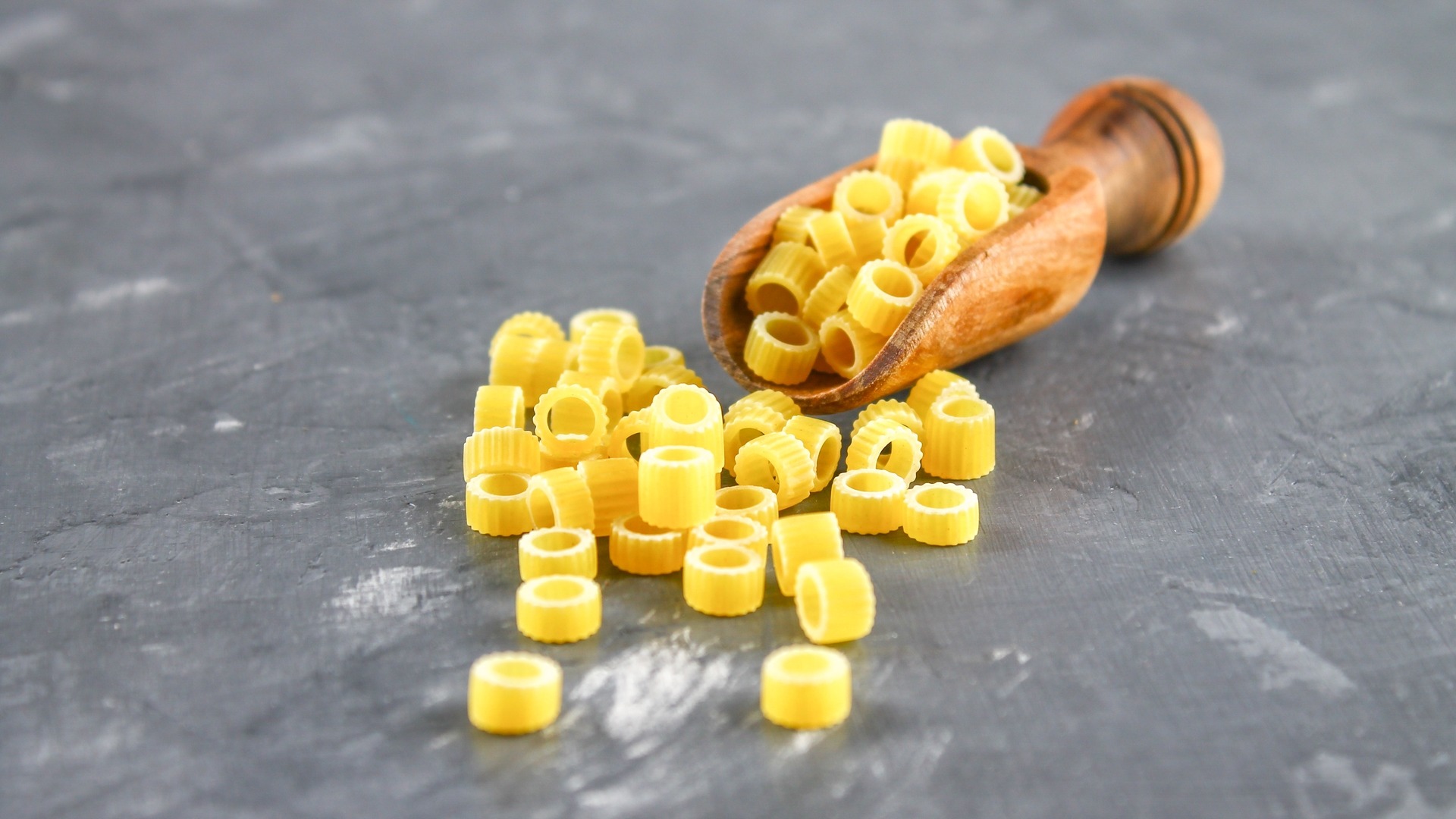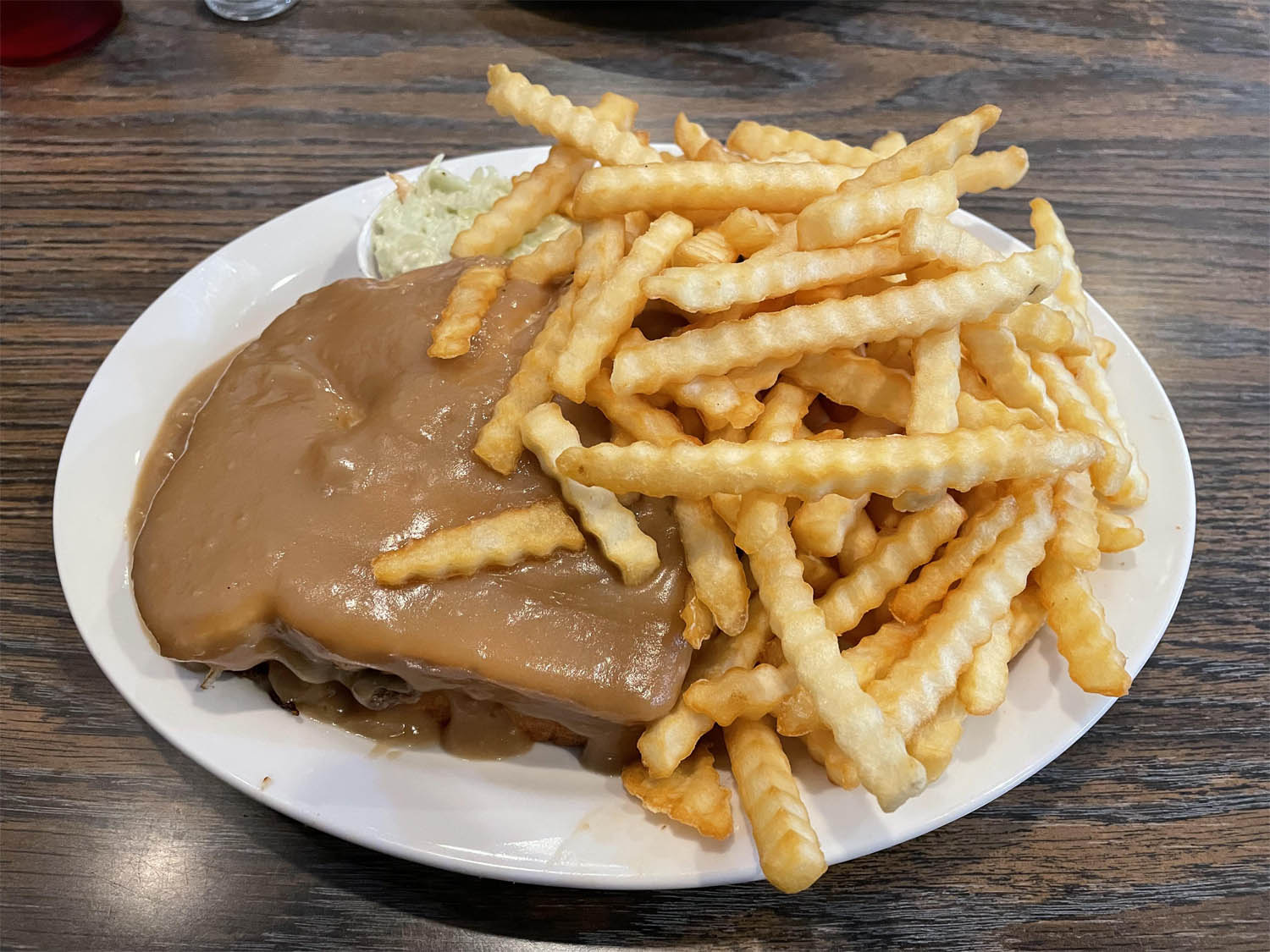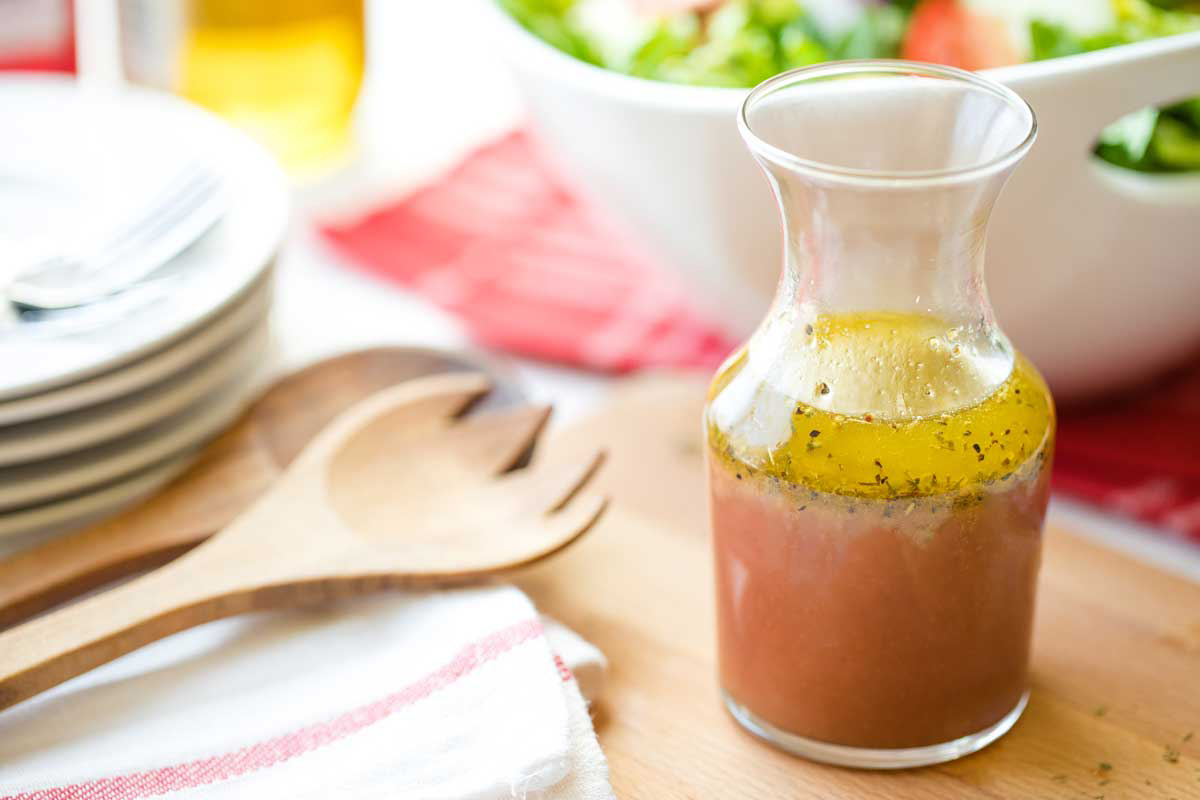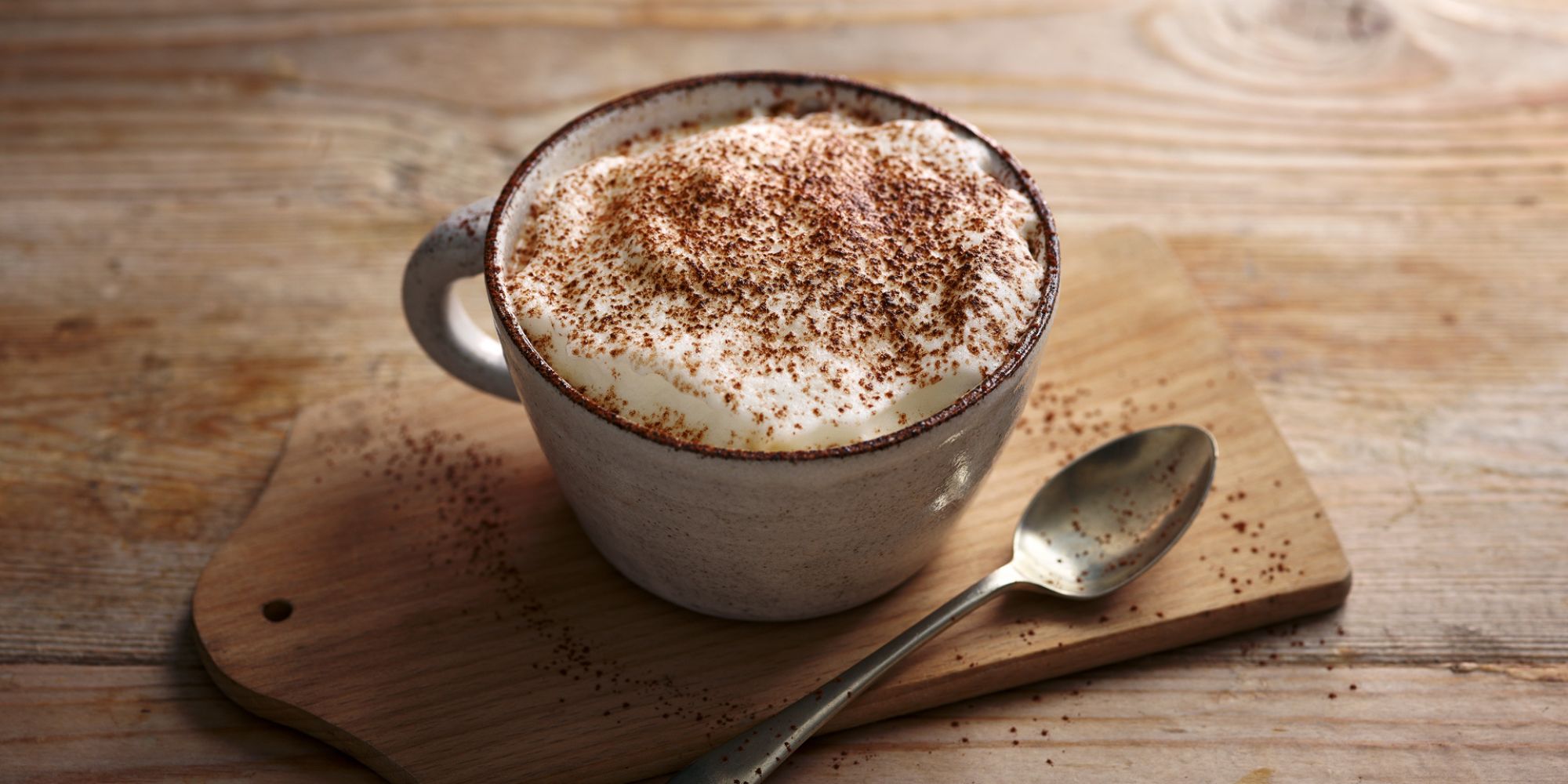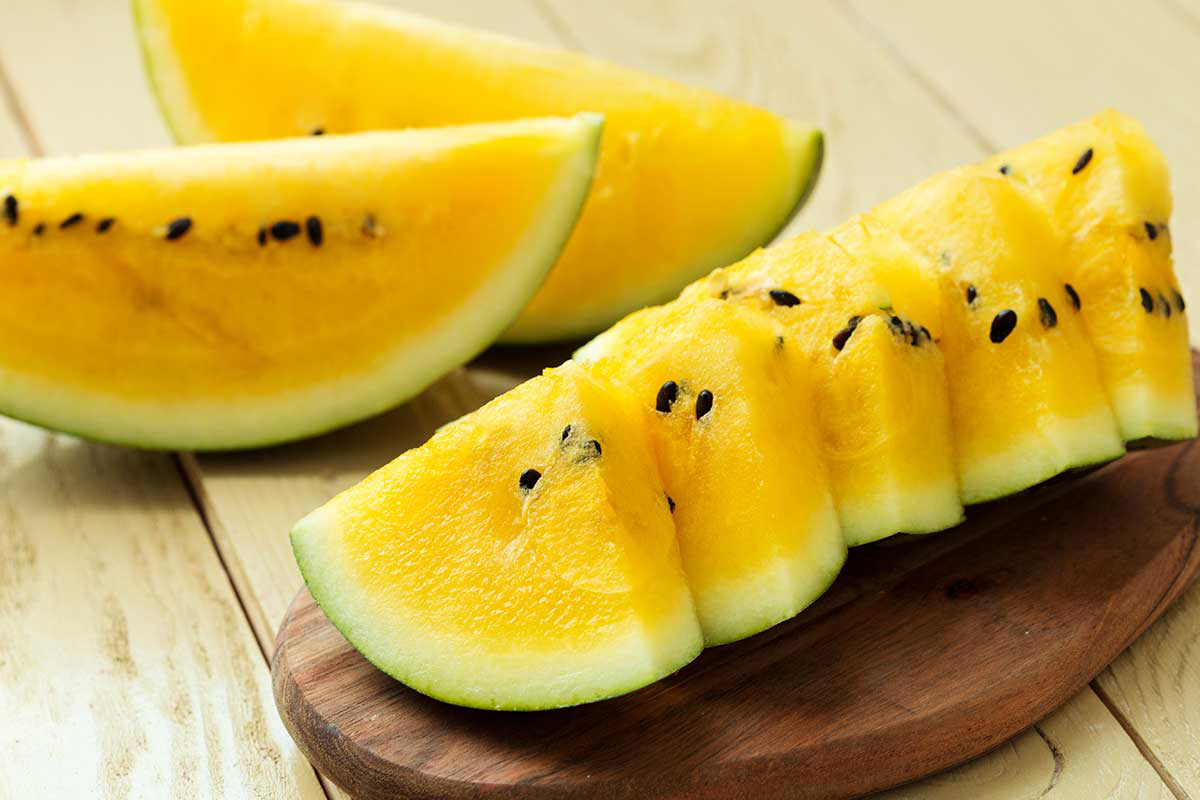Understanding White Mold on Cheese
Have you ever opened a package of cheese and noticed a fuzzy, white substance growing on the surface? This may be a cause for concern for many people, but fear not! The white mold found on certain types of cheese is actually a natural part of the aging process and is safe to consume.
What Causes White Mold on Cheese?
White mold, also known as Penicillium candidum, is a type of mold that is intentionally introduced to certain varieties of cheese during the production process. This mold plays a crucial role in developing the flavor and texture of the cheese as it ages. It thrives in the cool, damp conditions typically found in cheese caves or aging rooms.
Types of Cheese Affected by White Mold
Several types of cheese are intentionally inoculated with white mold, including:
- Brie
- Camembert
- Goat cheese
- Blue cheese
These cheeses develop a thin, white rind as they age, which is a result of the mold growth. The presence of white mold contributes to the unique flavor and creamy texture of these cheeses.
Is White Mold on Cheese Safe to Eat?
Contrary to common belief, white mold on cheese is perfectly safe to eat. In fact, it is often considered a desirable characteristic in certain types of cheese. The mold forms a natural rind that helps to protect the cheese and prevent the growth of harmful bacteria.
However, if you notice any other colors of mold, such as green or black, on your cheese, it is best to discard it, as these molds can indicate spoilage.
How to Store Cheese with White Mold
When storing cheese with white mold, it is important to keep it in the proper conditions to maintain its quality. Here are some tips for storing cheese with white mold:
- Wrap the cheese in wax paper or cheese paper to allow it to breathe while protecting it from drying out.
- Store the cheese in the refrigerator, preferably in a dedicated cheese drawer or compartment with slightly higher humidity.
- Avoid storing the cheese near strong-smelling foods, as it can absorb odors easily.
Enjoying Cheese with White Mold
Now that you understand the role of white mold in cheese and its safety for consumption, you can confidently enjoy your favorite varieties of cheese without worry. Embrace the unique flavors and textures that white mold contributes to these delicious cheeses, and savor every bite!
Remember, when in doubt, trust your senses. If the cheese smells and tastes fine, it is likely safe to eat, white mold and all.
So, the next time you encounter white mold on your cheese, you can appreciate it as a sign of quality and craftsmanship in the art of cheese making.
Was this page helpful?
Read Next: What Is Tequila Soda?
